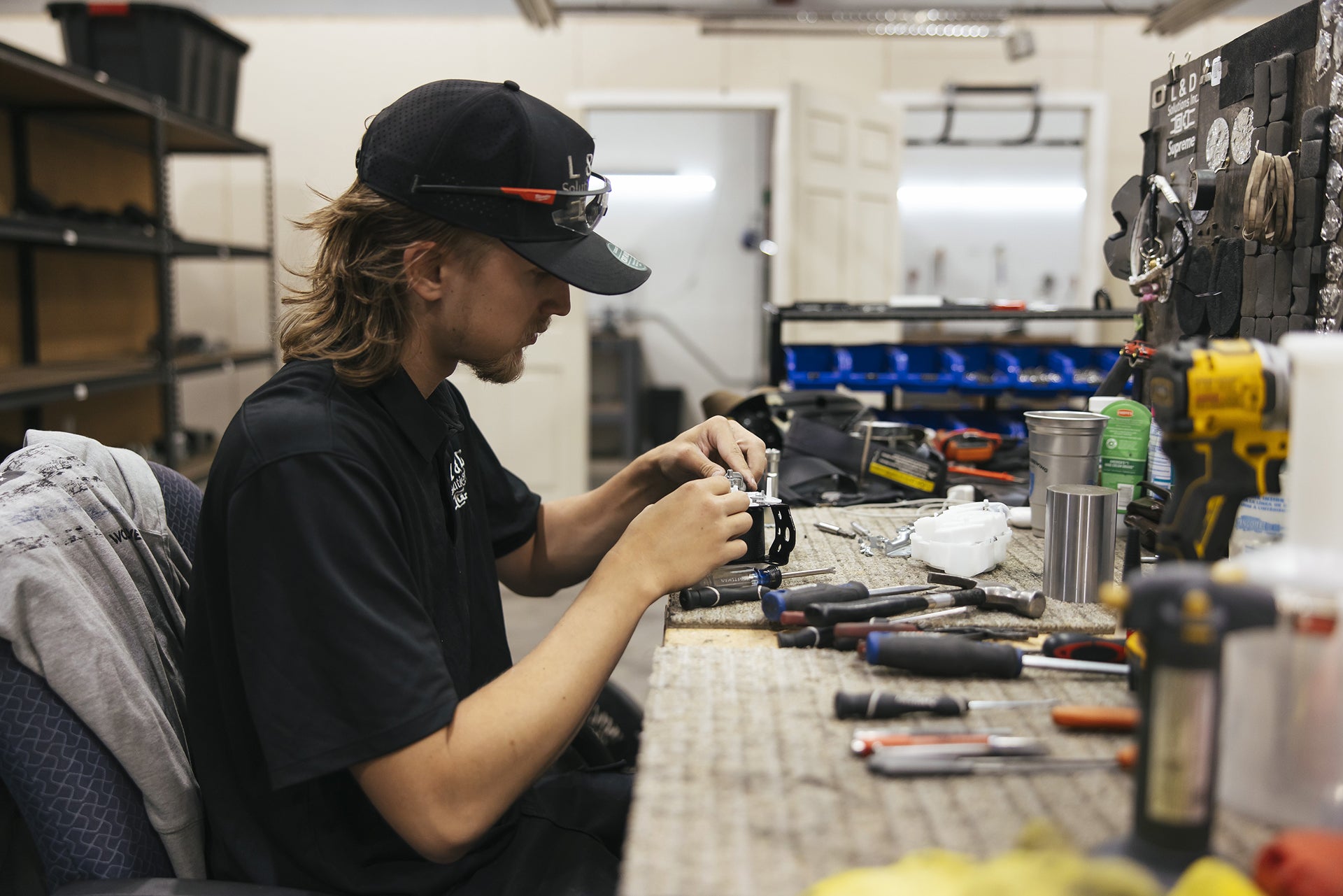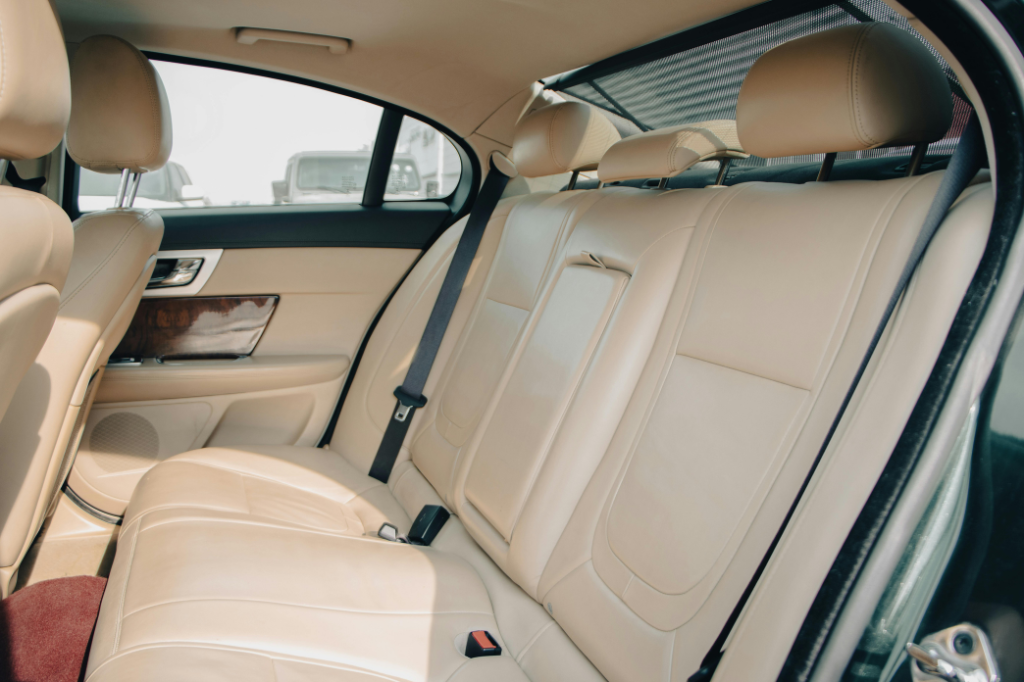Restoring Slow-Retracting Seat Belts to Full Functionality
If your seat belt crawls back like it’s on a coffee break, that’s not just annoying, it’s unsafe. Retractors are designed to lock, retract, and sit snug against your body. When they don’t, you get slack, poor positioning, and extra milliseconds of movement you really don’t want in a crash. This post walks through what’s actually going on inside that belt mechanism, what you can try at home, and when it’s time to let a specialist handle restoring slow-retracting seat belts to full functionality, properly and permanently.
Here’s the thing: most slow belts aren’t “old.” They’re dirty, worn, or compromised by internal wear you can’t see. And sometimes the issue has nothing to do with the belt webbing at all.
Why Restoring Slow-Retracting Seat Belts to Full Functionality Matters
A lazy belt does more than irritate you.
- Slack = delayed restraint. Even small delays create bigger forward motion.
- Children and smaller passengers are especially at risk from poor belt fit.
- Slow retraction can hide deeper retractor problems (springs, gears, contamination).
- In many states, you can fail inspection if belts don’t retract properly.
Let’s be honest: you wouldn’t tolerate mushy brakes. Seat belts deserve the same respect.
The Usual Suspects: What Actually Slows a Seat Belt Down
When we inspect a vehicle at L&D Solutions, we typically see a few recurring causes:
-
Contaminated webbing
Skin oils, soda, coffee, dust, and even cleaning products build a film on the belt. That film adds friction and slows retraction. -
Weakened or fatigued retractor spring
The spiral spring inside the retractor loses tension over years of use. Less pull = slow return. -
Internal debris in the mechanism
Post-collision dust, soda spills, and broken plastic trim pieces migrate into the retractor housing. -
Twisted or frayed webbing edges
A tiny twist at the B-pillar can create surprising resistance. -
Temperature and humidity effects
Extreme heat can permanently alter spring elasticity. Moisture can cause corrosion inside the mechanism.
Quick Table: Symptom → Likely Cause → Simple Test → Typical Fix
| Symptom | Likely Cause | Quick Test | Typical Fix |
|---|---|---|---|
| Belt returns very slowly | Dirty webbing or weak spring | Pull fully out, let go, watch retraction speed | Professional cleaning + spring tension evaluation |
| Belt sticks halfway back | Twisted belt or internal debris | Inspect belt path for twists or snags | Untwist, inspect trim, open/clean retractor (pro job) |
| Belt won’t retract at all | Locked retractor, severe spring fail | Check if it retracts with gentle guidance | Replace or rebuild mechanism |
| Retracts fast sometimes, slow others | Inconsistent friction or contamination | Compare cold vs warm retraction behavior | Clean webbing thoroughly; inspect for heat-related spring degradation |
| Audible clicking but no retraction pull | Damaged pawl/gear in mechanism | Listen at the pillar while retracting | Disassemble and rebuild (specialist) |

DIY First? A Safe, Simple Checklist
If you’re the “let me try it first” type, here’s a practical path. Just be smart, seat belt systems are safety-critical. Don’t force anything and never disassemble pyrotechnic components.
-
Inspect for twists
Pull the belt out fully and run your fingers along the webbing. Untwist at the B-pillar slot if needed. - Clean the webbing (properly)
- Use warm water + mild soap.
- No harsh chemicals, no silicone sprays, no petroleum solvents.
- Scrub with a soft brush, rinse well, and let it fully dry retracted.
-
Check the belt path
Pop off the lower trim if accessible (carefully) to ensure nothing’s pinching the belt. -
Test in different temperatures
If it’s faster cold or slow when hot, your retractor spring may be fatigued.
If those steps don’t bring it back to life, it’s time to think about restoring slow-retracting seat belts to full functionality with professional tools and, more importantly, the right safety protocols.
When Restoring Slow-Retracting Seat Belts to Full Functionality Requires a Pro
Some issues are simply not DIY-friendly:
- Spring tensioning and replacement: The spring can snap under tension—don’t risk it.
- Internal gear or pawl wear: Requires specialized parts and precise assembly.
- Post-crash belt behavior: If your car’s been in an accident, even a minor one, the belt may have triggered pretensioners or internal locks.
- Airbag/SRS integration: Modern retractors are often tied to the SRS system. You don’t want to improvise here.
At L&D Solutions, we see belts that look “fine” but carry hidden damage: altered locking thresholds, weak springs, frayed stitching, or heat-degraded components. They’ll still click. They’ll still latch. They just won’t protect like they should.
Our Process: How L&D Solutions Restores Slow-Retracting Seat Belts to Full Functionality
Here’s how we approach it, step by step:
-
Intake & inspection
We log the part, verify the VIN, confirm any crash data, and look for pretensioner activation flags. -
Webbing evaluation & cleaning
We measure thickness, check edge wear, and deep-clean (or replace) the webbing to return smooth glide and reduce friction. -
Retractor tear-down
- Clean out debris and contamination
- Inspect the spiral spring, locking mechanism, and return path
- Replace worn or damaged parts
-
Re-tensioning & calibration
We restore the retraction force to safe OEM-equivalent levels. Not too aggressive, not too weak. -
Functional + safety testing
We test retraction speed, locking sensitivity, and return behavior across pulls, angles, and speeds. -
Final QC & documentation
You get a belt that behaves the way it was meant to, snappy return, reliable lock, full protection.
Common Myths (And Why They’re Costly)
-
“Just spray lubricant on it.”
Please don’t. Most lubricants attract dust, break down fibers, or gloss the belt so it slides unpredictably through the latch or retractor path. -
“If it still clicks, it’s fine.”
Clicking isn’t a diagnostic tool. A belt can click into the buckle and still fail to restrain you properly because of slack, slow retraction, or internal wear. -
“It’s just cosmetic.”
A slow belt is never cosmetic. That slack translates into real kinetic energy on impact.
Preventing the Problem After It’s Fixed
- Once you’ve had restoring slow-retracting seat belts to full functionality done the right way, keep it that way:
- Don’t let belts dangle on the floor (they drag dirt into the mechanism).
- Avoid harsh cleaners or conditioners on the belt.
- If a drink spills on the belt, clean it immediately, sugar dries sticky.
- Don’t slam trim pieces back on; check the belt route first.
- If you’ve had an accident, get the belts checked, always.
Real-World Example (We See This a Lot)
- A client brought in a family SUV where the rear belts barely retracted. The kids would leave them twisted and jammed in the door. The parents thought it was just “wear and tear.” Under the cover? A weakened spring, dried soda residue, and a slightly bent retractor guide. After a full rebuild, cleaned webbing, new spring, guide correction, the belts snapped back like new. More importantly, they locked fast under pull testing. That’s the difference between “annoying” and “not safe.”
DIY vs Professional: Quick Decision Guide
- Ask yourself:
- Did you clean the belt and it’s still slow?
- Has the car seen a collision, even a minor one?
- Do you notice inconsistent retraction or odd noises in the pillar?
- Is the retractor part of an SRS pretensioner system?
- If you’re nodding yes, bring it in. You’re not just paying for a cleaner belt, you’re paying for a system that has to work under real-world stress.
The Takeaway
- Slow belts aren’t a small problem. They’re a symptom. If simple cleaning and untwisting don’t fix it, restoring slow-retracting seat belts to full functionality is a job for people who do this all day and can certify the result.
- If you want it done right, and fast, reach out. L&D Solutions can inspect, clean, rebuild, and return your belts to the snap-back you remember from day one.
-
Need your belts restored?
Get in touch with L&D Solutions and let’s make sure your restraint system works exactly the way it was engineered to. Your safety (and your family’s) is worth doing this properly.




Leave a comment
This site is protected by hCaptcha and the hCaptcha Privacy Policy and Terms of Service apply.